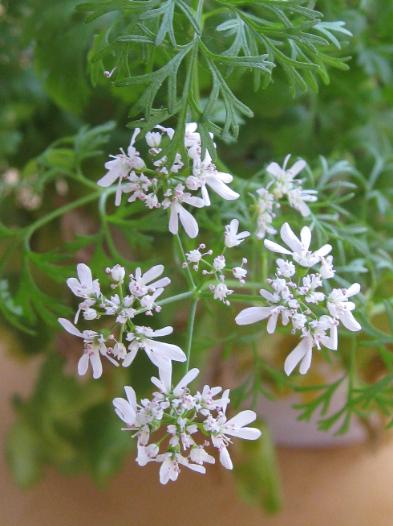
654. Indian Silver Tea Service, Kashmiri, Islamic
Rare Three Piece Silver-Gilt Tea Set
Kashmir, India
dated 1878
height of teapot: 12.4cm,
length: 25cm
weight of teapot: 894g (32 ounces)
combined weight of three pieces: 1.758 kg
This three piece Kashmiri tea, comprising a tea pot, a covered creamer and a covered sugar bowl, set is one of the most beautiful we have encountered. It is made from heavy, thick grade silver. Each piece is surprisingly heavy in the hand, and in total, the set weighs almost 2 kilograms.
The year of manufacture – 1878 – in Arabic numerals but using the Gregorian calendar, plus a short series of words in Farsi (Persian Arabic which was typically used in Kashmir) which translates loosely to ‘metalwork of Kashmir’ has been worked into the design of each piece (see the images below). Rarely, if ever, are dates of manufacture seen worked into the design of extant pieces of antique Indian silver. Typically, dates were engraved later as presentation pieces,
ie as trophies or as gifts.
The year 1878 was the year in which Queen Victoria was named Empress of India. It also marked the Queen’s Golden Jubilee – Victoria had been on the throne for fifty years. It is likely that this tea set was produced for an exhibition held to mark either of these two events, and the importance of the year accounting for it being worked into the set’s design. Also, the Paris Universal Exposition was held in 1878 at which examples of Indian silver were exhibited in an especially constructed Indian Pavilion. According to the
Handbook to the British Indian Section of that exhibition:There are three cases entirely filled with the chased parcel-gilt work of Cashmere. Its airy shapes and exquisite tracery, graven through the gilding to the dead white silver below, softening the lustre of the gold to a pearly radiance, give a most charming effect to this refined and graceful work. (p. 61)
It is interesting that a Western date is used but executed in Arabic numbers. This accords with the limited European influence in Kashmir up until that time. Kashmir was technically part of British India from 1846 after which the local rulers were required to pay a large annual tribute to the British Treasury. But the Maharaja of Kashmir was not removed until 1887. Prior to that it was difficult for Europeans to live in or even to travel to Kashmir.
Each piece of the set is decorated in the high-relief
Yarkand style – chinar leaves and kunj which are chased in the rosette pattern incorporating the leaves and flowers of the coriander plant have been are raised above a parcel-gilt background. The spout of the teapot is chased with serpent’s head design, reminiscent of the designs sometimes encountered on the spouts of eighteenth century Mughal bronze ewers.
Overall, the set is in excellent condition. The gilt background is in its original state; there is no re-gilding.
Inventory no.: 654
SOLD

The flowers & leaves of the coriander plant on which the motifs for this piece partly are derived.











